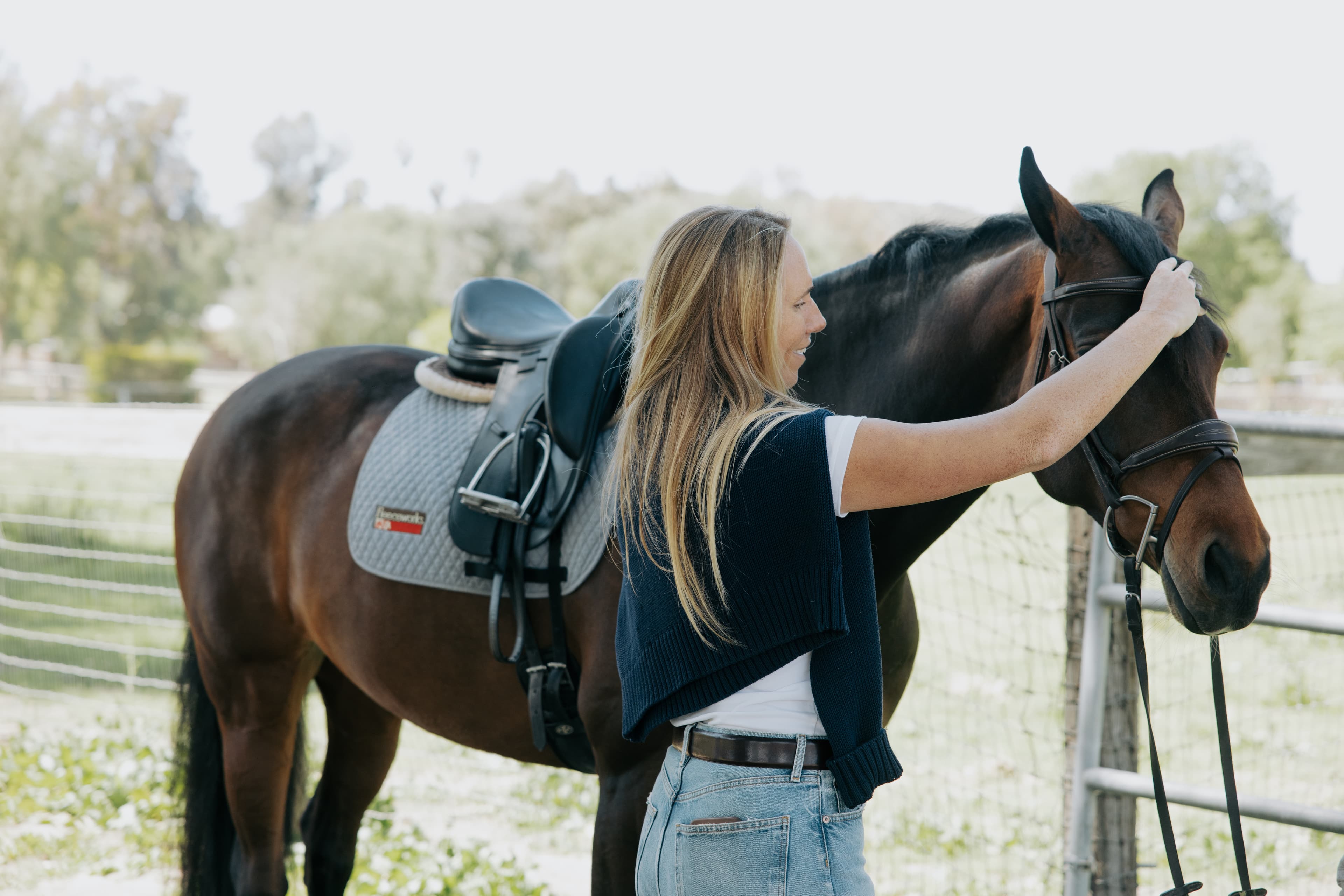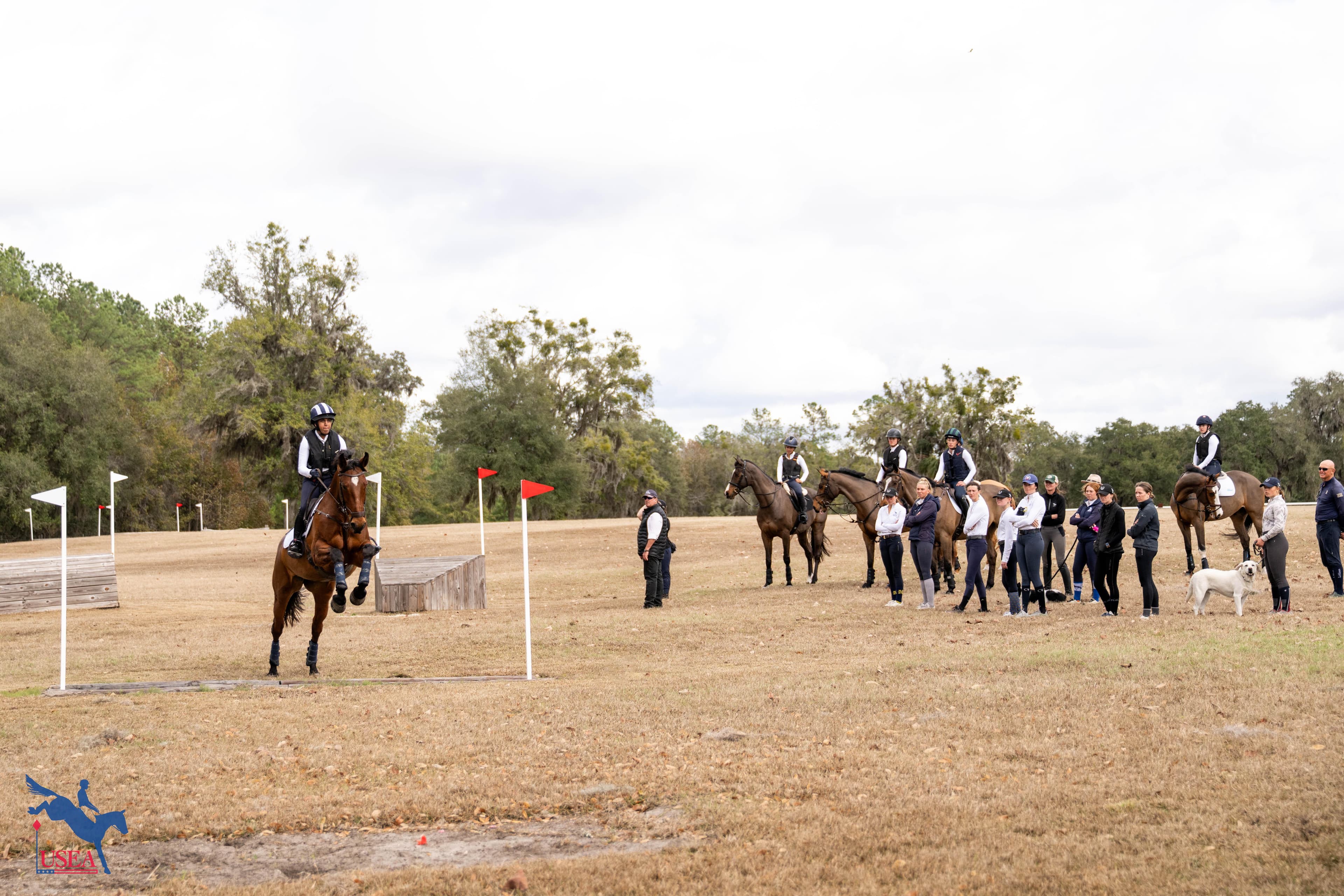The Road to Recovery with Max Corcoran
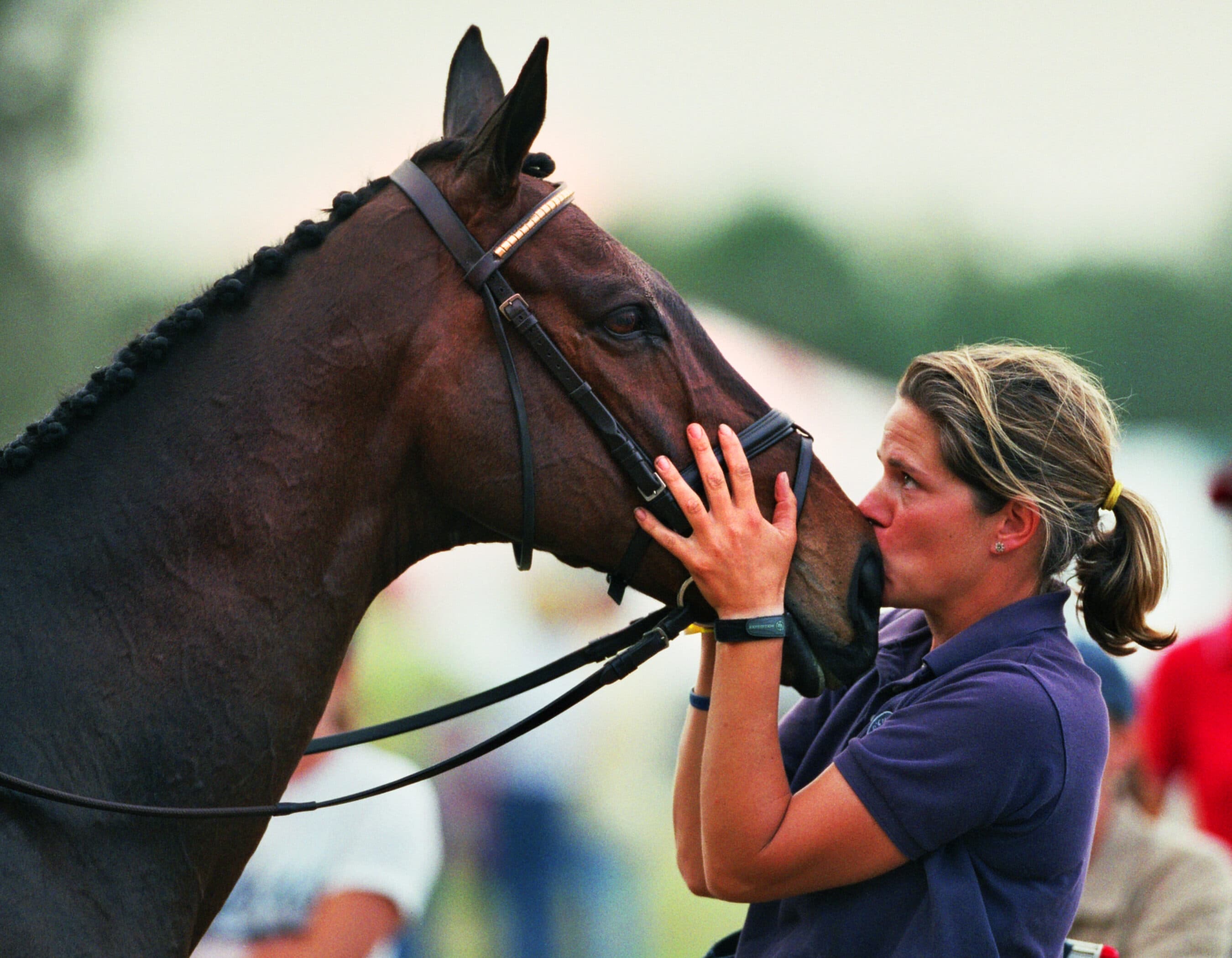
“Our country has the biggest attrition rate in eventing than any other country. I believe we don't let our horses rest long enough. We compete too much and don't condition enough.” One of the most familiar faces in eventing, Max Corcoran is the go-to girl for horse welfare.
Corcoran spent over a decade traveling the world as the top groom for the O’Connor Event Team (OCET). However, her role at OCET went far beyond grooming. It included barn manager, program organizer, working student mentor, mental health therapist, the horses’ lucky charm, a shoulder to cry on, a fan cheering at the finish, and the list goes on.
Corcoran has groomed at almost every four-star event imaginable, three Olympic games, three World Championships, and three Pan American Games. She’s helped eventers from the United States, Venezuela, Australia, Canada, Puerto Rico, Mexico, and New Zealand. She is currently a member of the United States Eventing Association (USEA) Board of Governors, USEA Professional Horseman’s Council committee, USEA Strategic Planning Committee, co-chair of the USEA Equine Safety and Welfare committee, show organizer for Middleburg Horse Trials, a freelance four-star groom, horsemanship clinician for the USEA and USEF Developing Riders Programs, and an active member of the USEA Classic Three-Day Task Force.
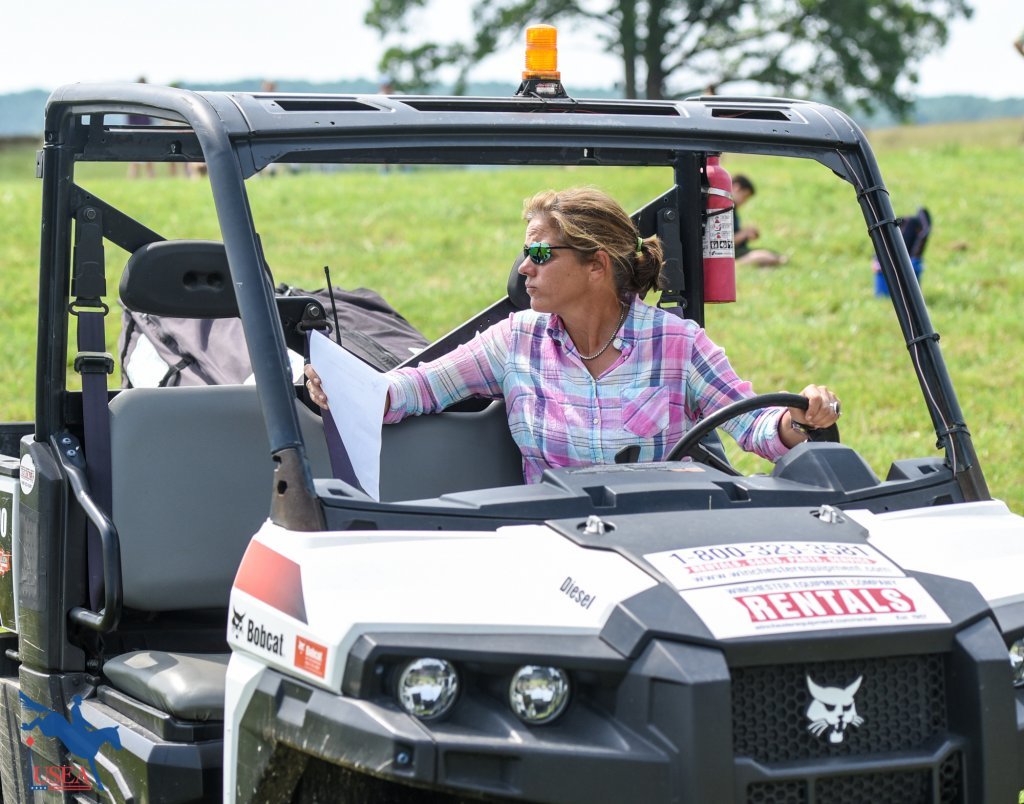
Max as a show organizer at the 2018 Middleburg Horse Trials. USEA/Leslie Mintz Photo.
With her unparalleled experience in eventing, Corcoran shared her wealth of knowledge with the USEA on how horses benefit from downtime after a classic three-day event.
Downtime is in the Details
“Horses need to rest, just like humans. What we need to think about is that it’s not the competition itself that the horses need the break from, but all the work leading up to the competition,” said Corcoran.
Whether it’s a Beginner Novice Three-Day (BN3D) or a CCI3*, Corcoran points out that each horse benefits greatly from downtime. “[Horses] get sore from travel and competition; dehydrated from travel and competition; they are tired of getting ‘fussed over’ and need to be horses. Rest after a big show can help them recover and get them back to ground zero.”
Corcoran’s recommended time off depends on each and every horse. “The amount of time off has so much to do with a few factors What level did the horse go? What breed is it? How old is it? If I had a young Thoroughbred that did the BN3D, it would need less time off than a 15-year-old Draft cross that did the T3D.”
“Horses do not lose fitness for six weeks, and there are many papers and quite a bit of research to prove this. That being said, they can lose strength and dexterity.”
Old versus young, a Thoroughbred versus a Draft cross, factors such as these play a role in the length of time off. “Many older horses do not do well with too long of a break and need to keep moving - when I say keep moving, I mean hacking, light flatwork, etc. Some Thoroughbreds have a hard time with a holiday too. Active holidays are very useful [including] hacking a few days a week, off a few days a week [in order to] keep their brains good!”
“I would say [horses need a] minimum of a week off after a long format event at any level,” advised Corcoran.
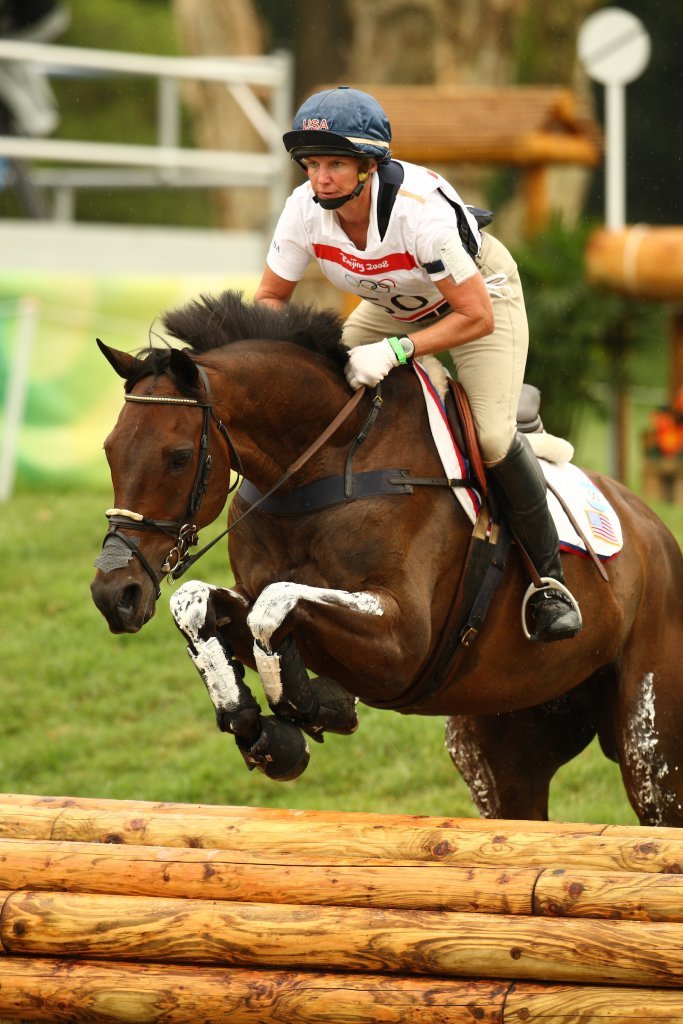
“I was at every single one of his events from Beginner Novice to the Olympic Games,” said Corcoran. Mandiba and Karen O’Connor at the 2008 Beijing Olympic Games. RedBayStock.com Photo.
Condition and Competition
“As you go up the levels, the level of fitness needs to increase. With that comes more conditioning, and bigger jumps with more trajectory so the landing is tougher on the joints and feet. More strength is needed for the dressage, etc. Some horses, like people, find the increase of work easy, and some find it difficult.”
“Recovery is something we miss. If you don't allow the horse to recover, how [can] we expect it to train properly without injury?”
Corcoran’s number one tip to safely bring a horse back into full work is “make a schedule (actually write it out), increase the work accordingly, and see how they feel.”
Prior to a three-day event, Corcoran stressed the importance of one day off each week. “Just like humans in intense training, a day off allows [the body] to recover and train more efficiently.”
When asked if any problems occur with horses having downtime, Corcoran said with a smile, “I believe the only problem from giving horses time off is created by their humans.”
Rest for the Wicked
With years of experience grooming at the highest level, Corcoran shared how much time off her four-star horses would have. “The rule of thumb for rest after a four-star changed with the short format, but [horses] still need the same conditioning as for the long format and the [same amount of] rest.”
“Typically, our horses would get one month off of turnout: barefoot, dirty, and happy. Then, a few weeks of hacking, followed by flatwork, trot sets, and on from there. We (the OCET) didn't change our length of holiday unless we were preparing for a championship but regardless, they always had at least two weeks completely off.”
Downtime for an event horse was one reason why David and Karen O’Connor earned medals in the Olympic Games, World Championships, and Pan American Games. The medal count totals to 13 along with six Rolex Kentucky Three-Day Event wins, top placings in almost every four-star event, and both earning a spot in the U.S. Eventing Hall of Fame.
Impeccable horse management, the importance of the horse always coming first, and Corcoran taking the utmost care of the four-legged friends is how the O’Connor’s built their empire.
Staying true to her unbiased and unconditional love for each and every horse, Corcoran found it tough to pick her favorite horse of all time. She emphasized that “all four-star horses are so special!”
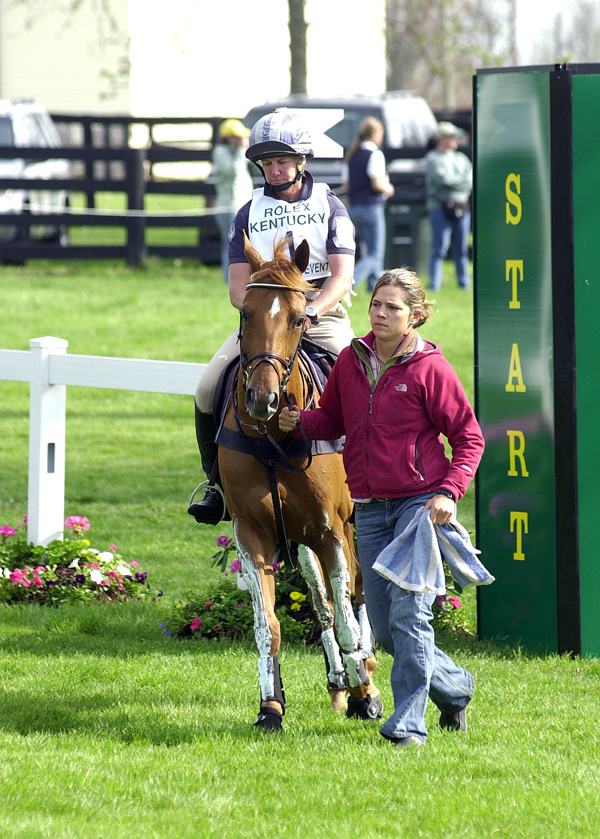
Max, Karen, and Teddy in the start box before cross-country at the Rolex Kentucky CCI4*. Photo courtesy of Max Corcoran.
However, she did give some insight on a couple of standout horses including Mr. Medicott, Theodore O’Connor (aka Teddy), BallyMar, Upstage, Mandiba, Castle Larchfield Purdy, Dunlavin’s Token, and Pirate. “Mr. Medicott is an amazing athlete, loves his job, and is highly intelligent. Teddy represented so much more than just a pony that evented. BallyMar has a fabulous story and is very dear to my heart. Upstage is an amazing little horse with six consecutive Rolex Kentucky completions. I was at every single one of Mandiba’s events, from Beginner Novice to the Olympic Games."
“Some horses that I have freelanced for include Lauren Billys’ Castle Larchfield Purdy who is such a ‘dude’, Bobby Meyerhoff’s Dunlavin’s Token has the biggest heart, and Meghan O’Donoghue’s Pirate is a great athlete.”
Years of experience, over a lifetime of knowledge, and love for the horse and sport; Corcoran’s words of wisdom had one underlying theme: “horses are just like people in intense training” and downtime can help achieve optimal performance.
About the USEA Classic Series
The USEA Classic Series keeps the spirit of the classic long format three-day events alive for Beginner Novice through the Preliminary levels. Competitors have the opportunity to experience the rush of endurance day, including roads and tracks, steeplechase, the vet box, and cross-country, as well as participate in formal veterinary inspections and educational activities with experts on the ins and outs of competing in a long format three-day event.
Riders who compete in a USEA Classic Series event during the year will have the chance to win a variety of prizes at the events and will also be entered into a drawing held at the USEA Year End Award Ceremony for a year’s supply of SmartPak supplements and a custom fitted Stackhouse and Ellis saddle. Click here to learn more about the USEA Classic Series.
The USEA would like to thank SmartPak Equine, Stackhouse & Ellis Saddles, and Eventing Training Online for sponsoring the USEA Classic Series.

